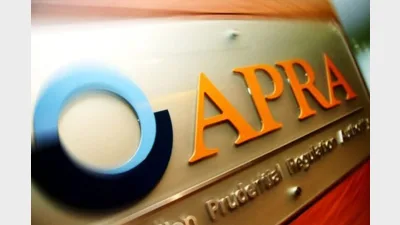Choice a bigger risk than defaults says ISA



The strongest determinant of performance for superannuation fund members is not simply scale, but the commercial model and profit orientation, according to Industry Super Australia (ISA).
ISA has used a submission to the Productivity Commission (PC) to once again stress its belief that industry funds outperform their retail counterparts.
Pointing to previous questions posed by the PC, the ISA noted that it had asked whether the greatest risk a member faced in superannuation was being defaulted into a poor-performing product.
It claimed this was not true, and that the statistical evidence showed “that the greatest risk to a member is being sold into a choice product”.
“The degree of risk is a function of the probability of a harm (in this case, low net returns), and the magnitude of that harm (in this case, the degree to which the returns are low),” the ISA submission said.
While acknowledging that some default funds fell into the bottom quartile in terms of net returns, the ISA submission argued that more than two-thirds had achieved returns in the top quartile.
“This means that, probabilistically, there is greater than a two-in-three chance that an account that was established through the default system will have received top quartile long-term net returns,” the submission said.
Recommended for you
Delayed climate action could wipe hundreds of billions from superannuation balances by 2050, according to new analysis from Ortec Finance.
APRA deputy chair Margaret Cole has called on superannuation trustees to accelerate efforts to support members moving into retirement and to strengthen protections against growing cyber and operational risks.
Super trustees need to be prepared for the potential that the AI rise could cause billions of assets to shift in superannuation, according to an academic from the University of Technology Sydney.
AMP’s superannuation business has returned to outflows in the third quarter of 2025 after reporting its first positive cash flow since 2017 last quarter.









